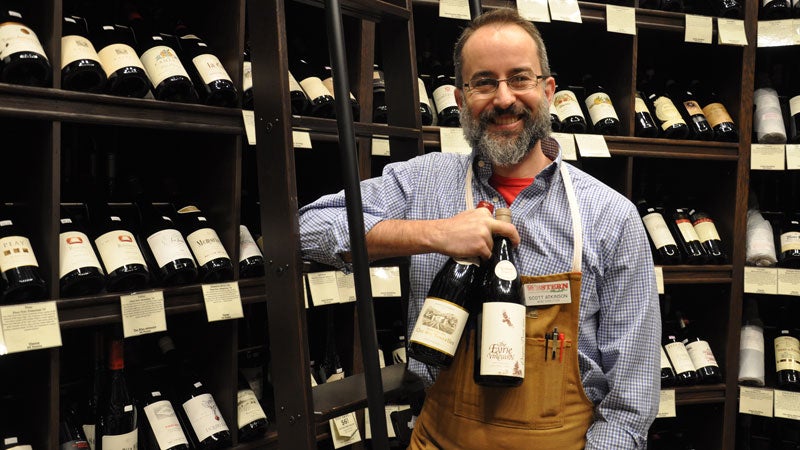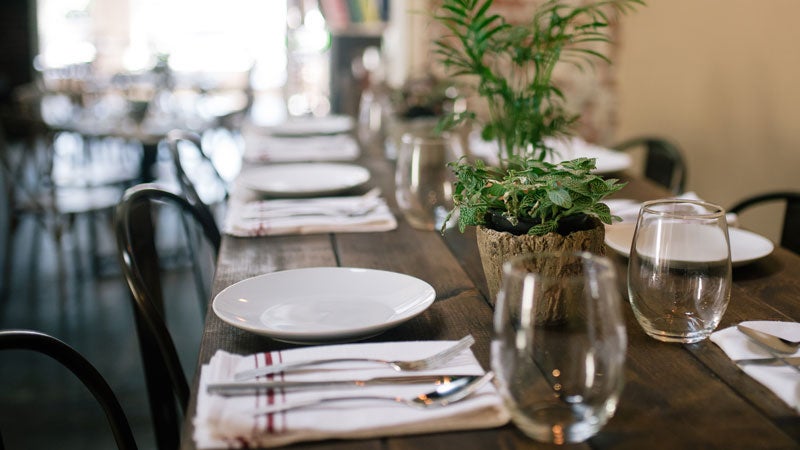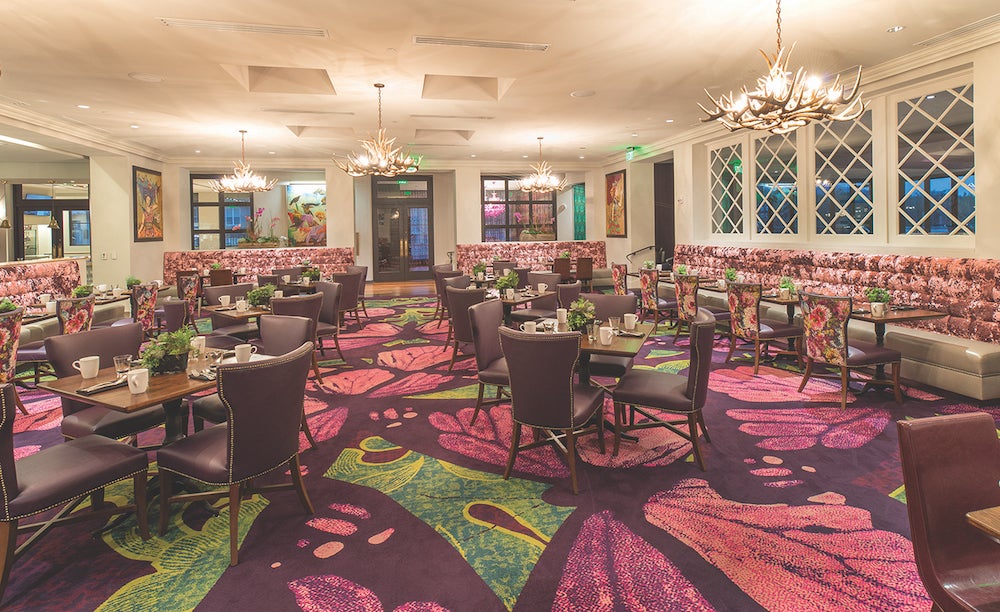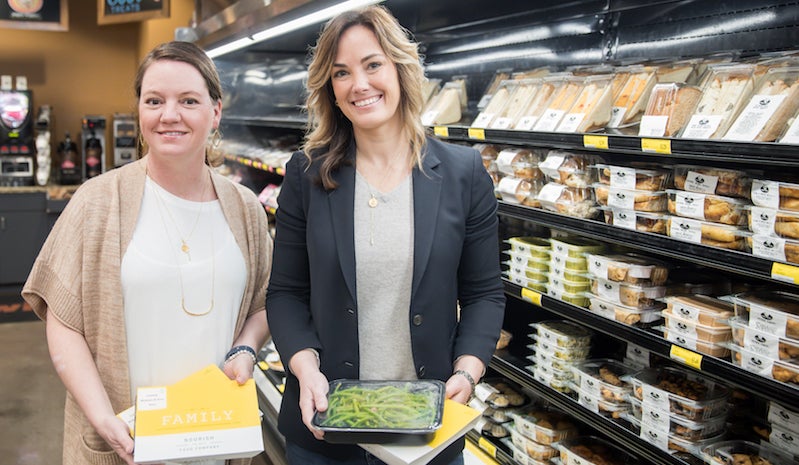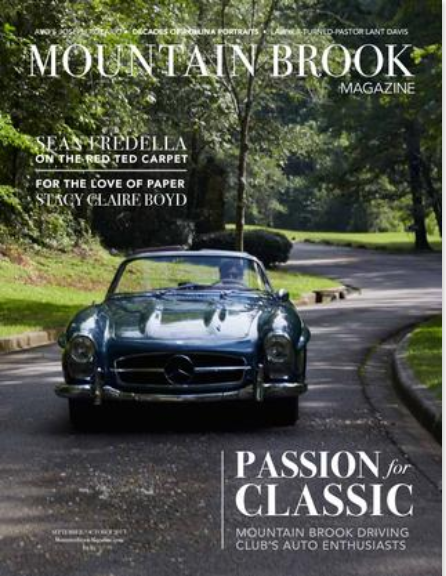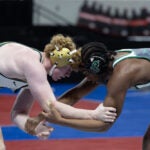After nearly a decade working in the Western Wine Department, Scott Atkinson has learned to specialize in questions. What do you like? What’s your price range? Have you been anywhere that you really loved? What kind of food are you pairing it with? How many folks are going to be there? There’s no need for pretention—his goal is simply to find a bottle you’ll enjoy. “No matter what discipline you studied in school, wine can bring it in if you want it to,” he says. “There’s history, there’s art, there’s hard science, there’s geography, there’s geology.” Here are some highlights from our chat with him.
How did you get into the wine business?
This is going to sound strange, but I got kicked off the debate team in high school when I was 17 year old. My uncle was good friends with a guy who owned a wine distributor in town. I started working in the warehouse my senior year of high school, and I have been in the wine business ever since. Wine is the world’s greatest condiment. If you do it right, it can elevate everything. The cliché is it’s like an explosion in your mouth, and it can be.
What do you offer in this new space that people might not know about?
It was a little claustrophobic in the old store. This is a much, much better layout. Our wine cellar, which is a climate controlled room, holds bottles generally over $50 and other rarities, and all our true French champagne. We also offer “sip and shop.” We have 12 wines we can do by the glass. We had some special cup holders crafted for our grocery store so you can rest a proper crystal Reidel wine glass in the grocery cart, so that’s kind of amazing. We try to put things in there that people might not normally have access to, and we price them aggressively.
What are some highlights of your selection?
We have over 300 different bottles of Chardonnay, 400 over the course of the year. We have probably the best Oregon Pinot Noir selection in town. Our staff all has our little favorite passions. Jerome is great at Bordeux. I love South African wines. Jaleesa loves champagne. The very first wine trip I ever took was to South Africa. I am very clear eyed in my bias. But I also think that for how we eat in the South—we grill a lot—the wines work very well with the Southern cuisine. Southern cuisine in strong flavors but fresh flavors and the South African wines can hold up to it.
What has changed in wine in the 10 years you have been at Western?
Millennials get a bad rap sometimes but they are also much more adventurous. We all get stuck in our ways a bit, myself included, but I think the younger consumer is more willing to take a risk on something. If a customer comes in, we’ll ask five or six questions to get a feel for what they like. My literal favorite thing of this business is the customer that comes in the next day or the next week and says, “That was great.” Or “that didn’t quite work” and we’ll figure it out. Negative feedback helps us work better with the consumer.
What are your go-to recs for bottles?
I think up-and-coming things that are exciting are in Sicily. I’ll get some salmon with an Oregon Pinot Noir, or I’ll get a ribeye with something Spanish. To me it’s all about the time and the type of food you’re having. With Oregon Pinot Noir, Eyrie Vineyard—I am a huge fan of what those guys do. In Spain there’s an area called Rivera del Duero, and I loved that for grilled meats. I love Chianti with Italian food. My grandmother makes a homemade Vichyssoise, and there’s a particular line from France called Savennieres. I put a little bit of sherry on top. I can almost guarantee you that whatever dinner party you have, the table will go quiet because everyone is tasting and no one is talking. That’s the greatest compliment you can give the wine and the food and the chef is that nobody is talking.

